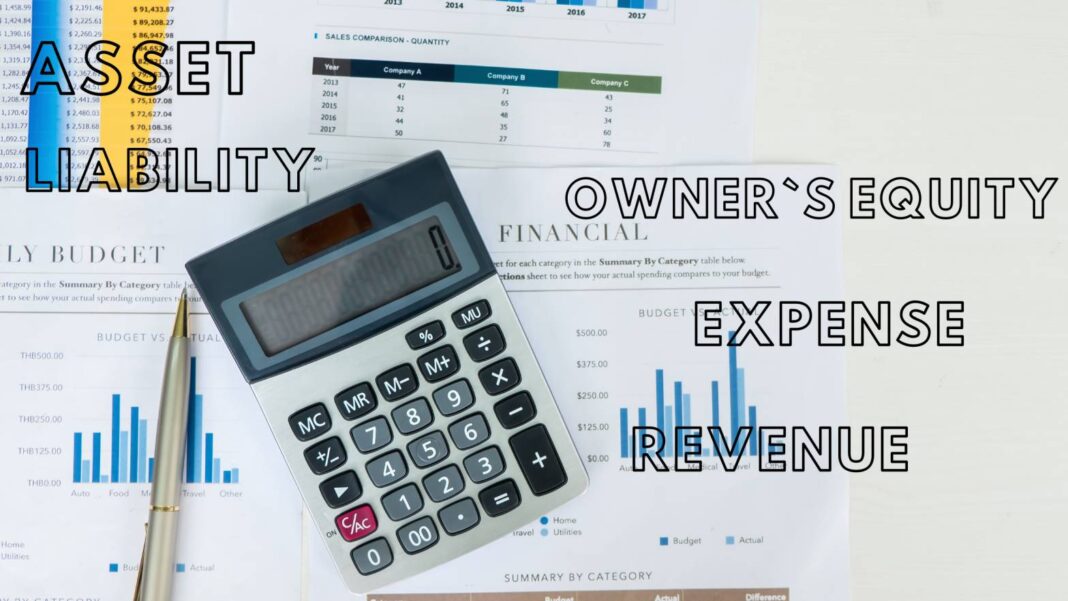Every time we hear news about a country’s economic health, there’s one term that pops up constantly: GDP. But what exactly does it mean, and why is it such a big deal in economics, business, and politics?
This article breaks down the concept of GDP in simple terms and shows how it works using real-time, relatable examples.
💡 What Does GDP Stand For?
GDP stands for Gross Domestic Product.
It refers to the total monetary value of all final goods and services produced within a country’s borders during a specific time period, typically a year or a quarter.
In short, GDP measures the economic activity and output of a country.
🧮 Types of GDP
To understand GDP more thoroughly, it’s important to look at its key forms:
1. Nominal GDP
This is the raw economic output measured at current prices, without adjusting for inflation.
Example: If Pakistan produced goods worth 400 billion PKR this year, that’s the nominal GDP.
2. Real GDP
Real GDP adjusts for inflation and provides a clearer view of actual economic growth.
Example: If inflation rose by 10% this year, real GDP helps measure how much actual output increased, not just prices.
3. GDP Per Capita
This measures GDP per person and gives insight into the average income level of a citizen.
Example: If a country has a GDP of $1 trillion and 100 million people, GDP per capita is $10,000.
🛒 What Makes Up a Country’s GDP?
Economists use the expenditure method to calculate GDP, which includes:
1. Consumption (C)
Spending by households on goods and services.
Example: Buying groceries, clothing, paying for mobile phone service.
2. Investment (I)
Spending by businesses on capital goods.
Example: A company buying new machinery or building a factory.
3. Government Spending (G)
Public sector expenses on infrastructure, salaries, health, and defense.
Example: Government building a highway or funding public schools.
4. Net Exports (X – M)
Exports minus imports.
Example: Pakistan exporting textiles worth $10 billion and importing electronics worth $7 billion = Net Export = $3 billion.
So, the formula is:
GDP = C + I + G + (X – M)
🌍 Real-Time Examples of GDP
Let’s take some actual countries and look at their GDP:
| Country | GDP (2024 est.) | Real-Time Example |
|---|---|---|
| United States | $28 Trillion (Nominal) | Driven by consumer spending, tech, finance, and military spending. Apple, Amazon contribute to GDP. |
| China | $18 Trillion (Nominal) | Export-driven economy. Manufacturing companies like Huawei, BYD, and Alibaba play a big role. |
| India | $4 Trillion (Nominal) | Services sector like Infosys, Wipro, and growing consumer market fuel GDP. |
| Pakistan | $375 Billion (Nominal) | Agriculture, textiles, remittances, and retail form a large part of GDP. |
These real-time numbers show how economic power is measured across nations.
📉 What Happens When GDP Falls?
A drop in GDP typically signals a recession, where overall economic activity slows down. This can lead to:
- Higher unemployment
- Lower consumer spending
- Reduced business investment
- Government budget deficits
For instance, during the COVID-19 pandemic, almost every country’s GDP shrank due to lockdowns and disruptions.
📈 Why GDP Matters for You
You might wonder, “Why should I care about GDP?”
Here’s why it matters:
- Job Opportunities: Higher GDP usually means more jobs and better salaries.
- Government Services: A growing GDP gives governments more revenue to invest in health, education, and infrastructure.
- Business Decisions: Investors and entrepreneurs use GDP trends to decide where and when to invest.
- Cost of Living: GDP impacts inflation, interest rates, and consumer prices.
🔁 GDP vs GNP: What’s the Difference?
| Metric | GDP | GNP (Gross National Product) |
|---|---|---|
| Definition | Measures production within a country’s borders | Measures production by the country’s nationals, regardless of location |
| Includes | Foreign companies operating domestically | Domestic companies operating abroad |
| Excludes | Domestic companies abroad | Foreign companies within the country |
For example, the income a Pakistani company earns in Dubai is part of Pakistan’s GNP, but not its GDP.
🏗️ How to Improve a Country’s GDP
Governments and policymakers aim to grow GDP through:
- Investing in education and skills
- Promoting entrepreneurship
- Attracting foreign investment
- Improving infrastructure and transport
- Supporting exports and local industries
🔍 Final Thoughts: GDP Is the Pulse of a Nation
Gross Domestic Product is more than just a number. It’s the economic heartbeat of a nation. Whether you’re a student, a business owner, or just someone who wants to understand how money flows in your country, knowing about GDP gives you powerful insight.
Every decision, from buying a phone to building a factory, contributes to this big picture. And the better we understand GDP, the better we can contribute to economic growth — both personally and nationally.
❓ FAQ – Gross Domestic Product
Q1: Who measures GDP in a country?
A: Typically, government agencies like the Bureau of Economic Analysis (BEA) in the U.S. or Pakistan Bureau of Statistics in Pakistan.
Q2: Is higher GDP always good?
A: It usually indicates growth, but if it’s due to overconsumption or pollution, it may not be sustainable.
Q3: What’s not included in GDP?
A: Unpaid work, black market transactions, and used goods sales are not counted.
Q4: How often is GDP reported?
A: Usually quarterly and annually.
Q5: Can a country have high GDP but high poverty?
A: Yes. High GDP doesn’t guarantee wealth distribution. That’s why GDP per capita is also important.



